Page 2
Tag: climate change
-
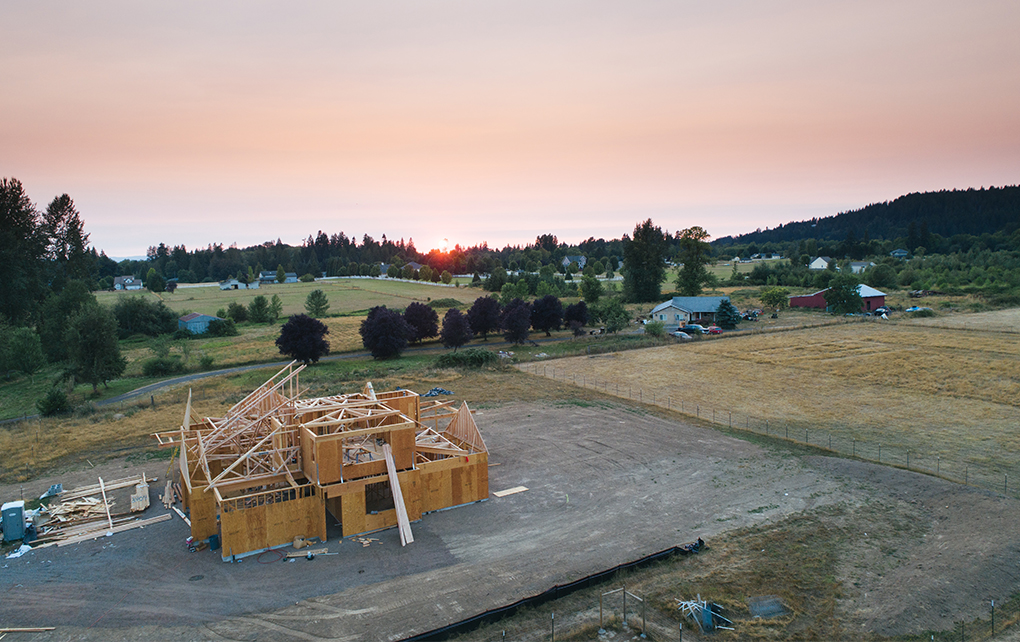
Master Plumbers condemns gas bans
The Master Plumbers Association (MPA) of New South Wales has criticised the City of Sydney, the City of Parramatta and other local government areas (LGAs) proposing a ban on implementing gas in new builds in the state. “This move demonstrates a clear lack of consideration for its impact on essential services, such as heating, hot […]
-
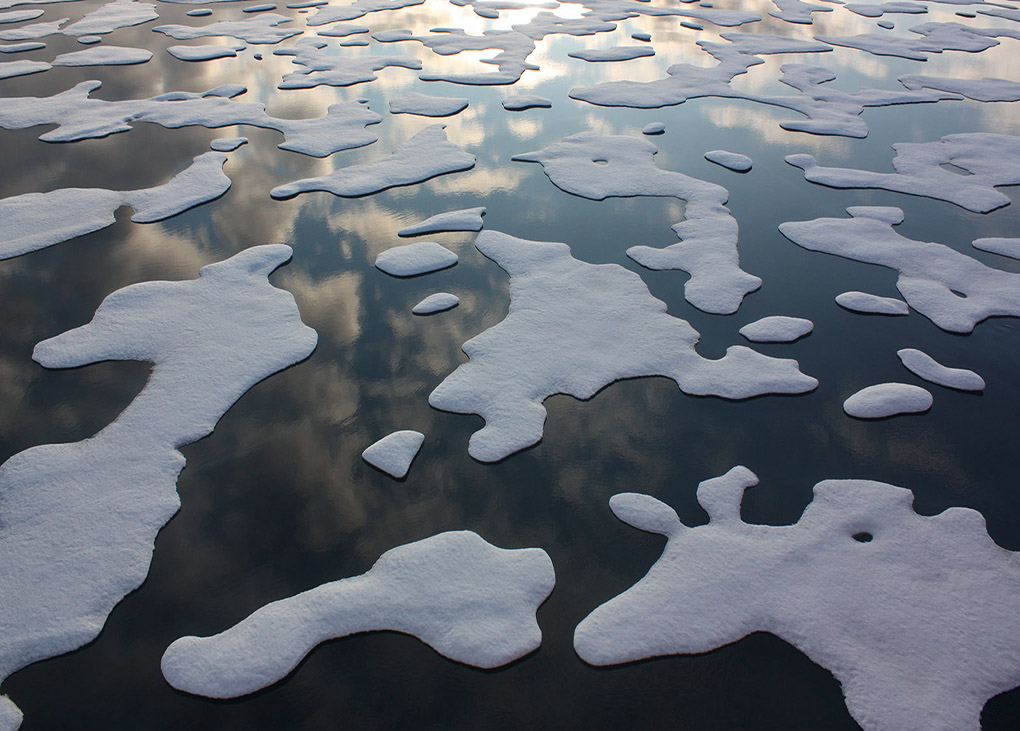
Southern hemisphere clocks warmest month on record
April 2023 was the southern hemisphere’s hottest month on record, beating the previous record set in March 2016 by 0.06°C. The record passed almost without comment or substantial media coverage, such is the level of desensitisation of a rapidly heating planet. April also happened to be the fourth hottest April globally since modern recordkeeping began […]
-

Scientists issue ‘final warning’ on climate crisis
As rising greenhouse gas emissions force the world to the brink of irreversible damage, scientists have delivered a “final warning” on the climate crisis. The message was issued by a panel of the world’s leading climate scientists in the final part of the Intergovernmental Panel on Climate Change (IPCC) sixth assessment report. According to the […]
-
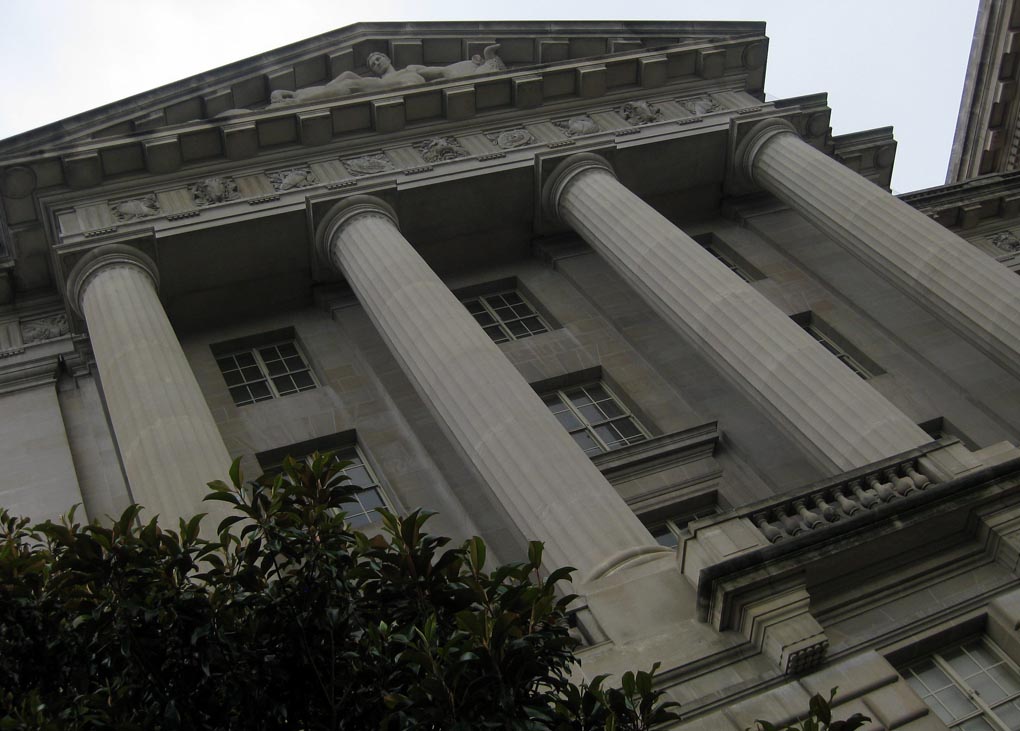
US EPA proposes tighter HFC restrictions
The United States Environmental Protection Agency (EPA) has moved to restrict the use of many “super-pollutant” hydrofluorocarbons (HFCs) in new air conditioner and refrigeration systems, as well as in foams and aerosols. The proposal targets the use of HFCs above a certain global warming potential (GWP) and will require most new equipment to transition to lower-GWP […]
-
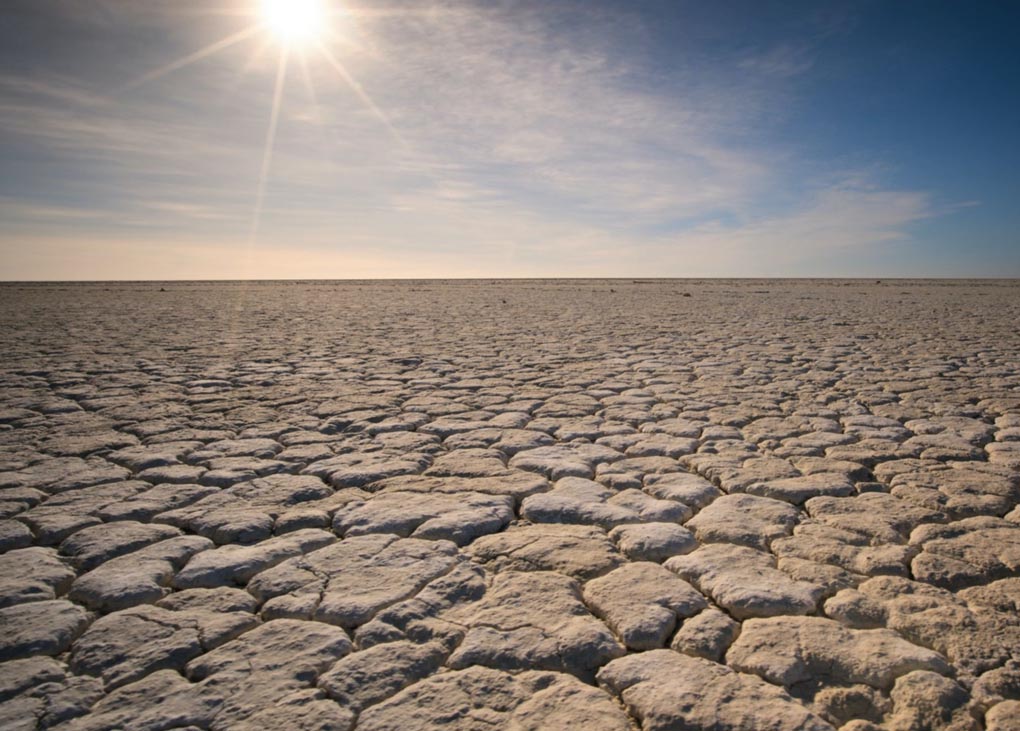
CSIRO predicts more climate extremes
CSIRO has released its seventh biennial State of the Climate report, projecting that in coming decades Australians are likely to experience more heat and fewer cold extremes, as well as more time in drought, more dangerous fire days, and a longer fire season for large areas. The report draws on Australian and international climate research […]
-

Energy-intense data centres seek solutions
Digital infrastructure and continuity solutions provider Vertiv has flagged the environmental and community impacts of data centres as a key industry concern in 2023. “Data centres will experience increased regulation and third-party oversight in 2023 as the world continues to grapple with the industry’s rising energy and water consumption against the backdrop of ongoing climate […]
-
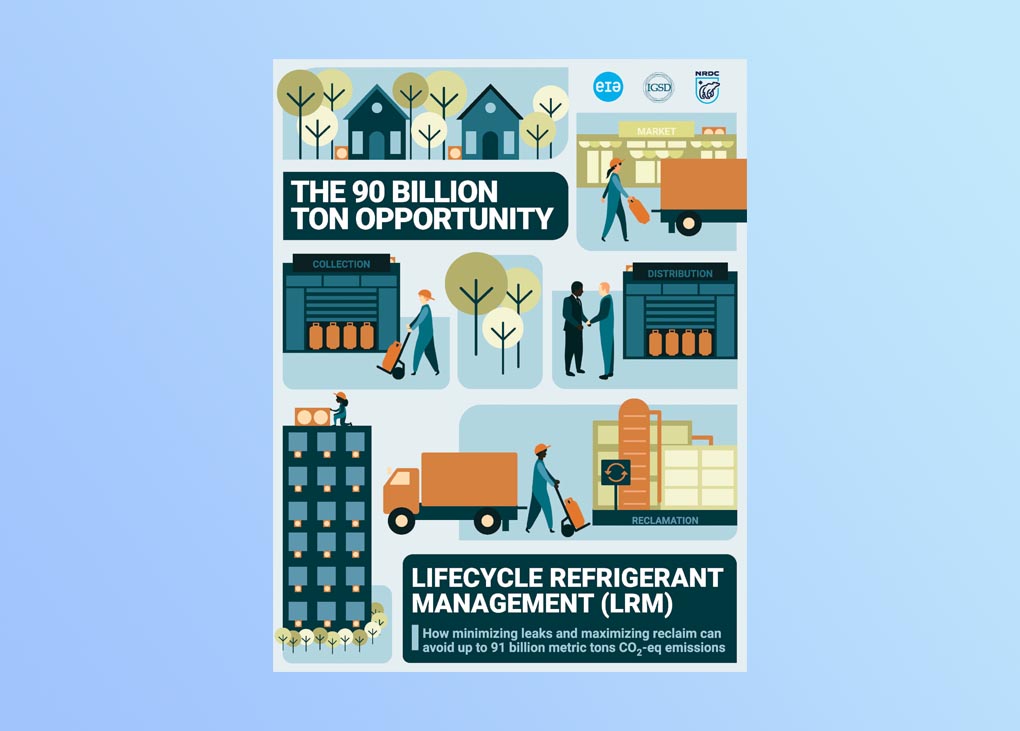
Refrigerant management key to curbing emissions
Fluorocarbon emissions equivalent to 90 billion tonnes of CO2 could be avoided through minimising refrigerant leaks and maximising recovery and reclamation, according to a new report from US agencies. The report, The 90 Billion Ton Opportunity: Lifecycle Refrigerant Management, estimates that better life-cycle management can prevent fluorocarbon emissions equal to nearly three full years of global […]
-

The world’s largest cooling project?
New research suggests that refreezing the Earth’s poles by reducing incoming sunlight would be a feasible and cheap approach to addressing melting ice and rising sea levels. In what might be the world’s largest cooling effort, scientists proposed spraying microscopic aerosol particles into the atmosphere above the poles via high-flying jets. According to new research […]
-
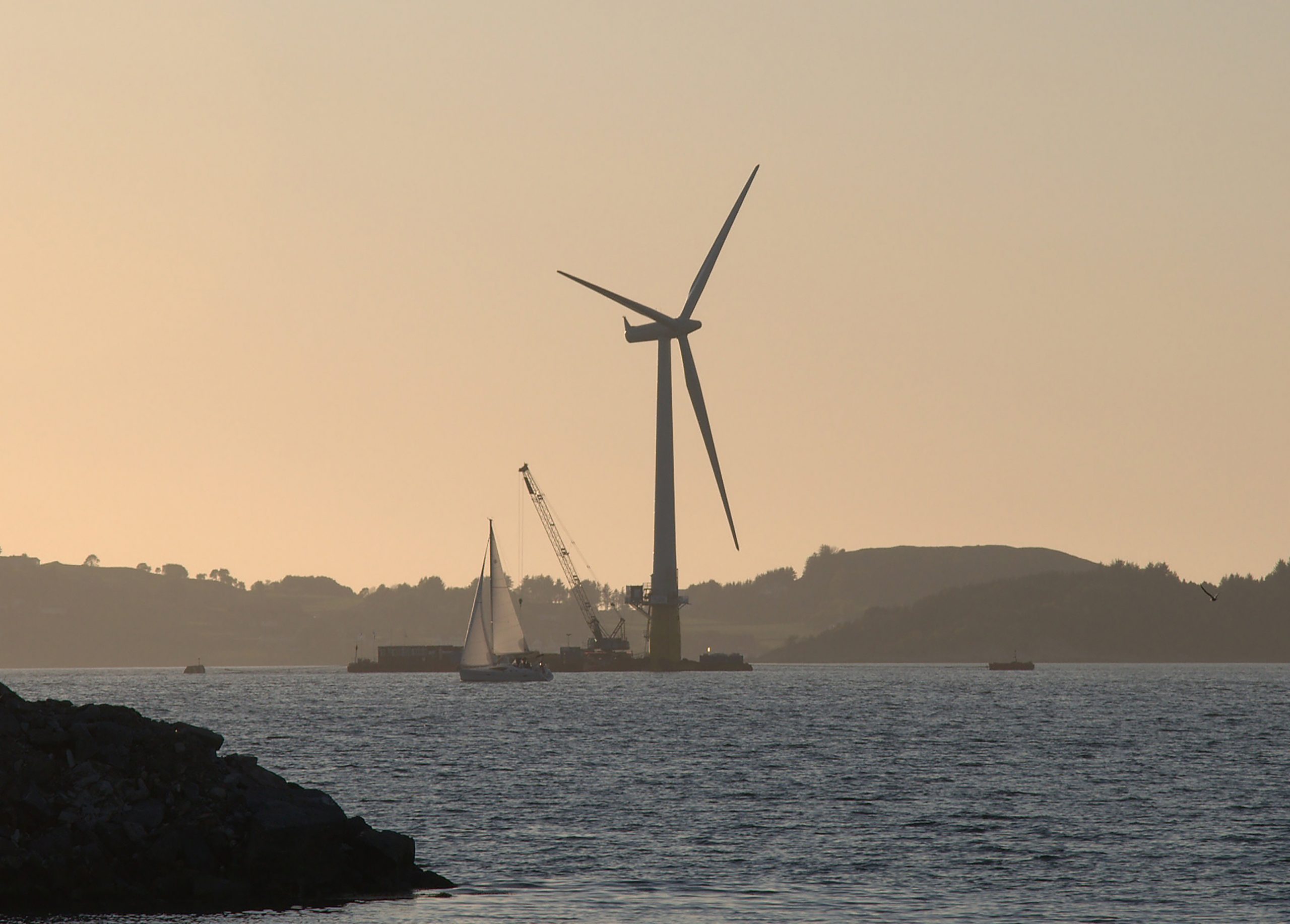
The gamechangers to boost Australia’s race to zero
The Climate Council has named 10 actions Australian governments can immediately begin to fast-track emissions reductions, tackle the energy and cost-of-living crises, and create new jobs. The Power Up: 10 Climate Gamechangers report is designed to provide a roadmap for the federal government to speed up its climate action in the 2020s, to ensure Australia […]
-

Extreme temperatures lead to online flaming
A new study has shown that temperatures outside a window of 12–21°C are linked to a marked rise in aggressive online behaviour. Conducted by Potsdam Institute for Climate Impact Research (PIK), the study looked at more than four billion Twitter posts from US users between 2014–2020. Researchers used an AI algorithm to detect more than […]
-

Fake city shows heatwave weaknesses
Washington Post writers have constructed a hypothetical city to demonstrate the disastrous effects of extreme heat on infrastructure – building a cautionary tale in “Meltsville”. The project draws international inspiration from true examples of built environments that weren’t designed to endure extreme temperatures. Meltsville, through its article and accompanying dynamic graphics, illustrates that much of […]
-

Building Simulation Conference to address climate crisis
AIRAH and the International Building Performance Simulation Association (IBPSA) Australasia are hosting a joint Building Simulation Conference in Brisbane from July 20–21. Boasting a theme of “Carbon and climate responsive – Getting it done”, the conference will explore the possibility of using building simulation to help ameliorate some of the profoundly challenging issues climate change […]
-
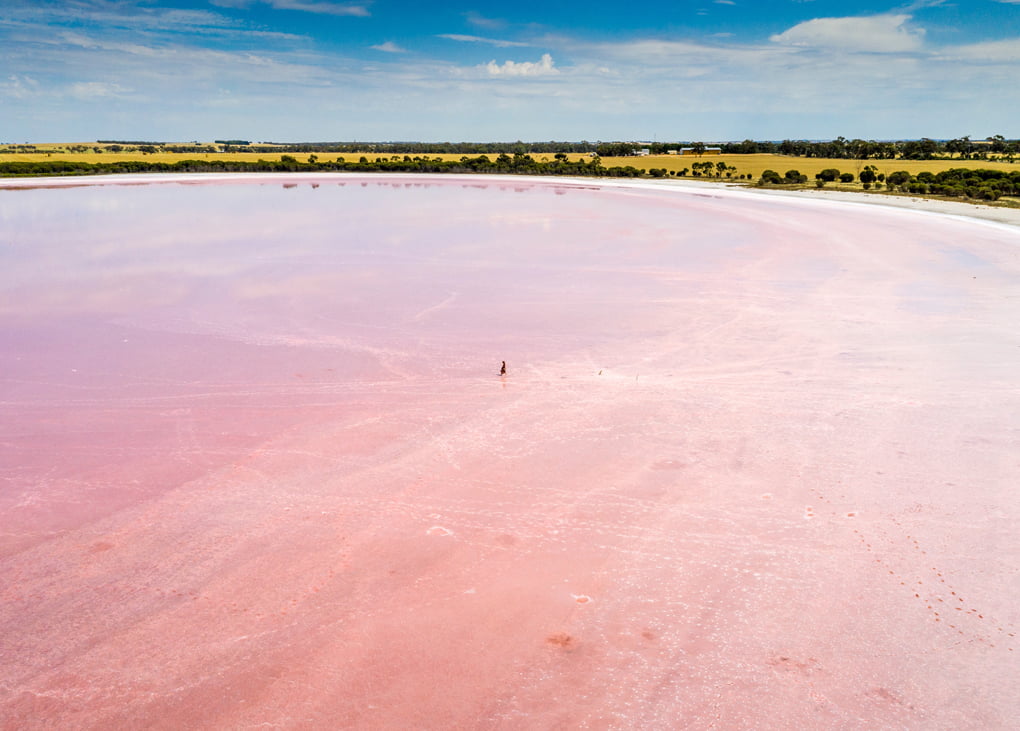
Victoria to set 2035 emissions reduction target
The Victorian government is setting an emissions reduction target for 2035 and is seeking public input as part of the process. The 2035 target is part of the state’s longer-term path towards net zero, as defined in Victoria’s Climate Change Act 2017. The target for 2020 was to cut emissions by 15–20 per cent below […]
-

Now or never for emissions reduction, says IPCC
The latest report from the Intergovernmental Panel on Climate Change (IPCC) says that immediate and deep emissions reductions are required across all sectors to limit global warming to the levels set out in the Paris Agreement. The report, Climate Change 2022: Mitigation of Climate Change, provides an updated global snapshot of actions and pledges to […]
-

Humidity a major factor in emissions from cooling
Scientists from the National Renewable Energy Laboratory (NREL) and Xerox PARC have released a study exploring the environmental impact of controlling humidity. The research first appeared in the journal Joule, titled “Humidity’s impact on greenhouse gas emissions from air conditioning”. While studies on air conditioners and greenhouse gases have been compiled before, this is the […]
-
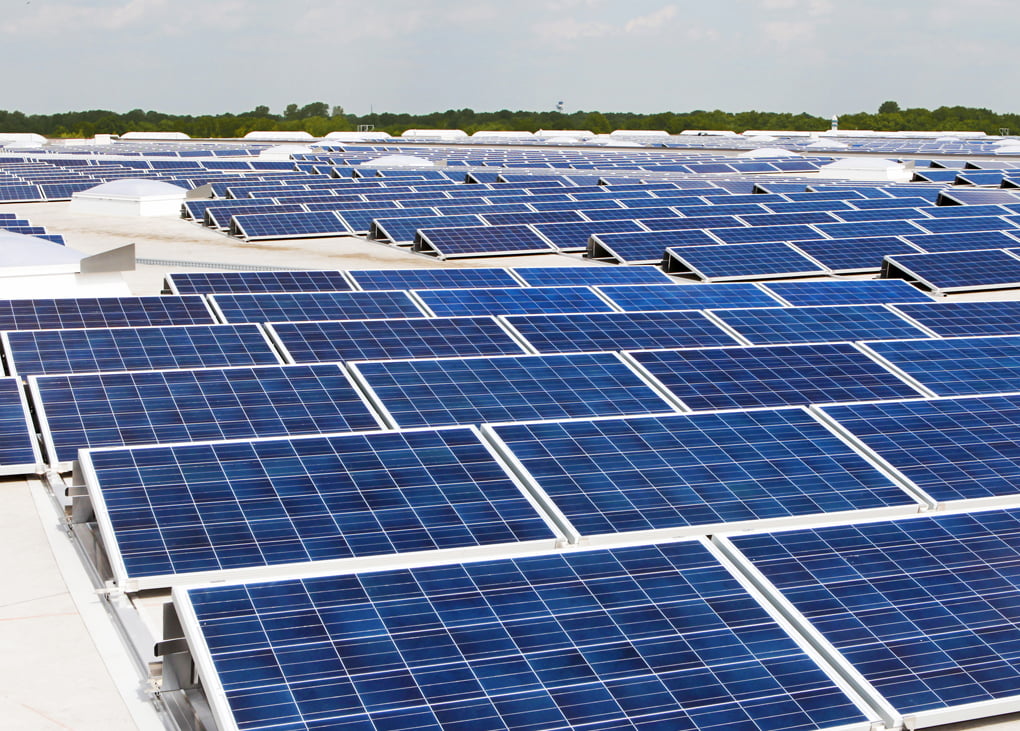
Infrastructure Sustainability Council calls for industry shake-up
Australia’s Infrastructure Sustainability Council has released two new agendas that it hopes will bring the building industry together around a shared vision to address climate change and combat inequality. The first agenda, Advance our nations, fair – world-class infrastructure for thriving nations, explores barriers to world-class infrastructure performance. The second, Place-based approaches to net zero, […]
-
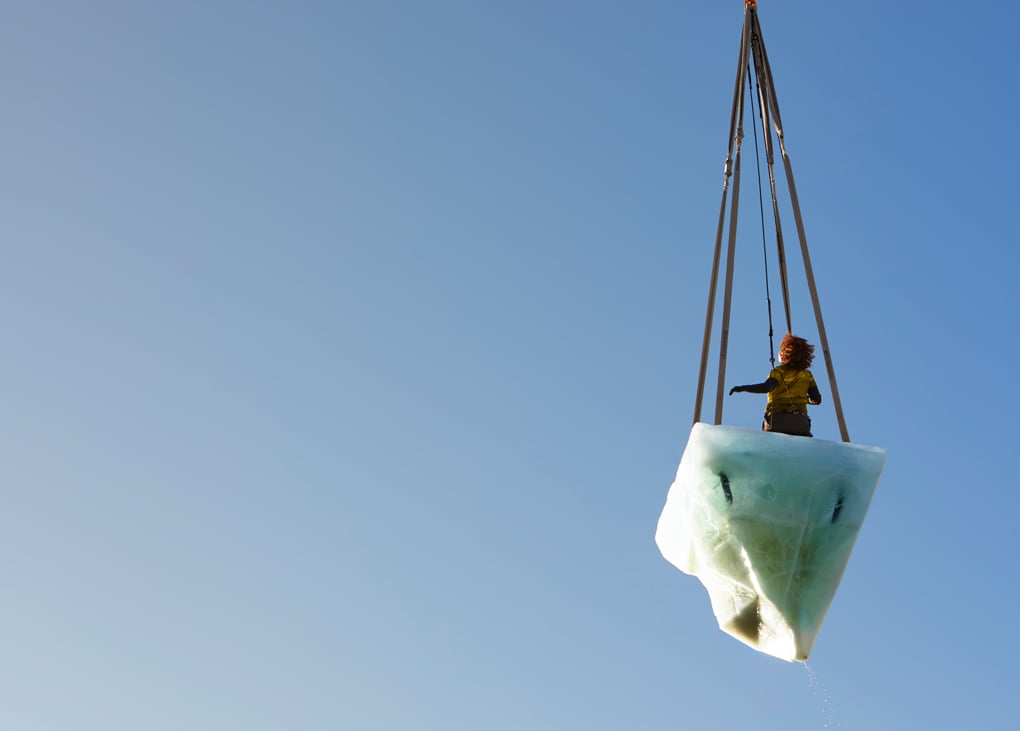
Art meets engineering in ice-inspired performance
One of the highlights of this year’s Sydney Festival puts climate change centrestage with the help of a block of ice weighing almost three tonnes – and close collaboration between artists, engineers and crane operators. The performance, titled Thaw, is performed over 10 hours in one day, and sees a lone woman on a huge […]
-
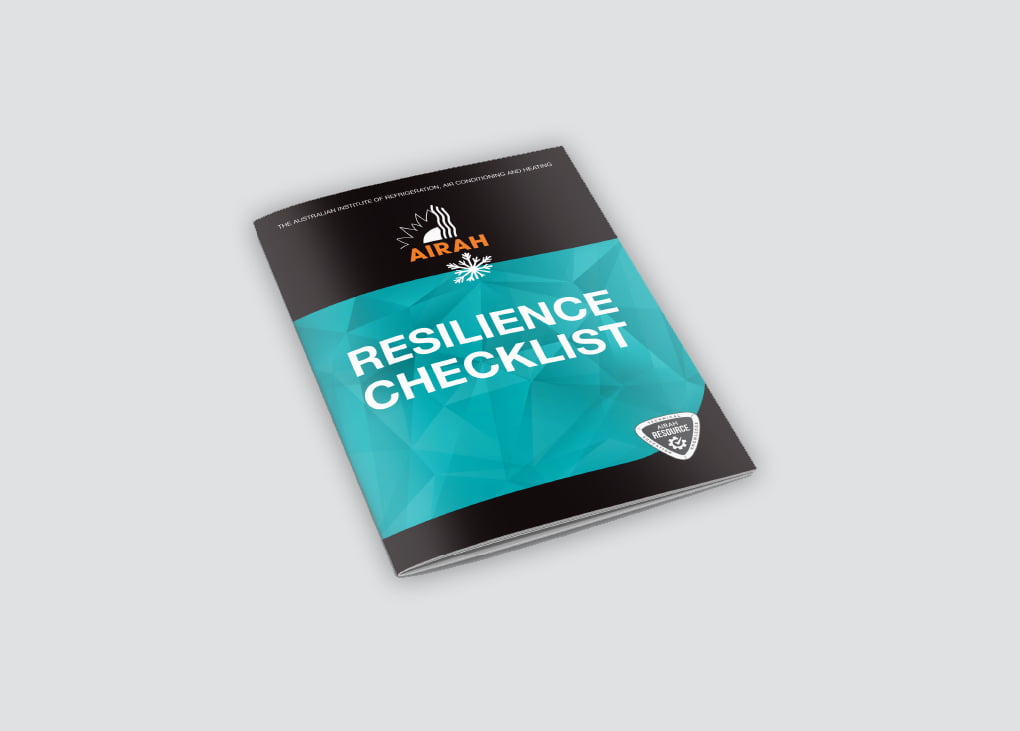
AIRAH releases inaugural Resilience Checklist
AIRAH has released the inaugural version of its AIRAH Resilience Checklist. A resource aimed at improving the resilience of the built environment, the checklist provides considerable information on how buildings can be made more resilient in order to survive a world impacted by climate change. “The 2021 IPCC climate change report highlighted that Australia will […]
-
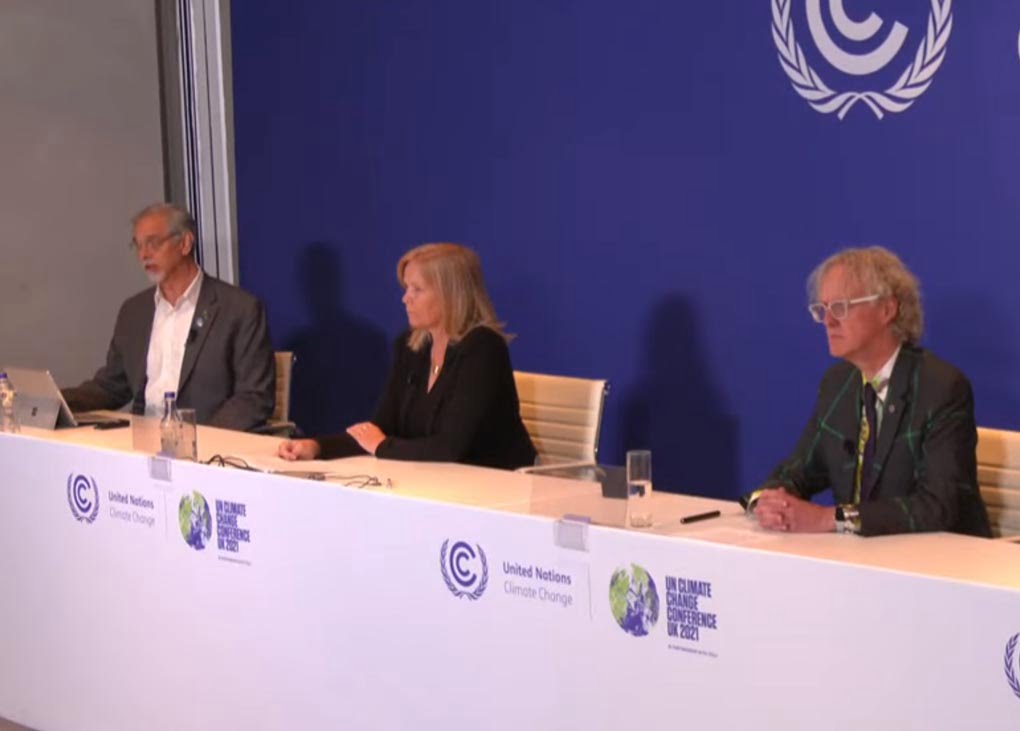
ASHRAE makes presence felt at COP26
US HVAC&R engineering body ASHRAE was represented at the COP26 conference recently held in in Glasgow, Scotland, formally participating as a non-governmental organisation (NGO). It was also an official COP observer. Along with more than 60 influential firms and organisations operating within the built environment, ASHRAE was one of the signatories of the 1.5°C COP26 […]
-
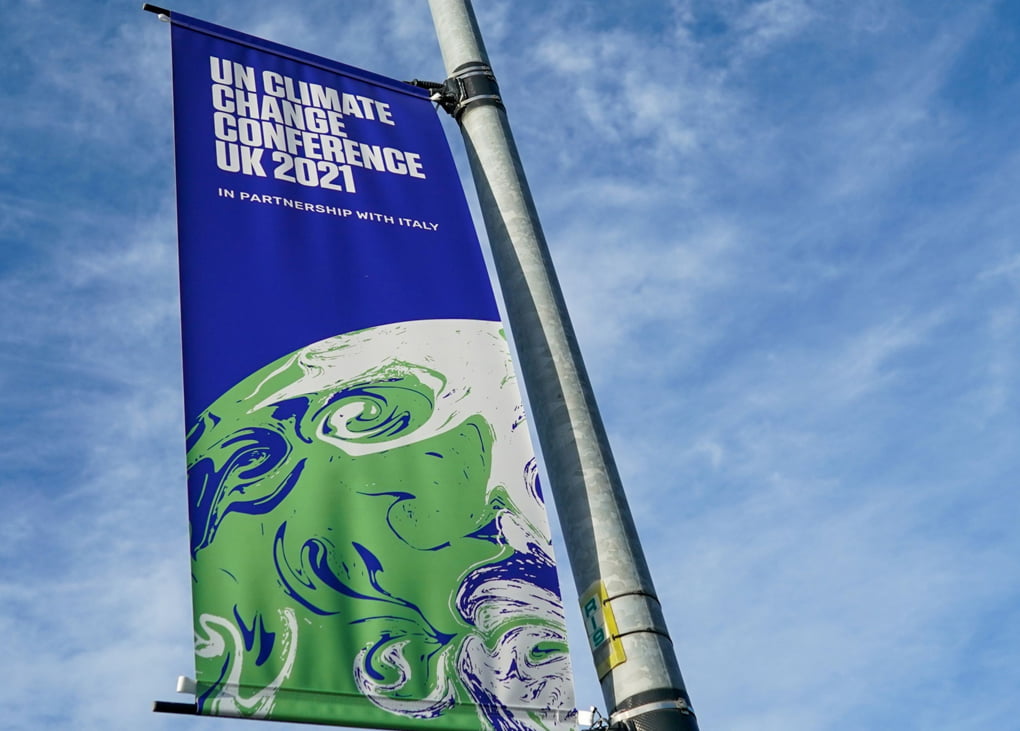
CEOs call for committed climate action
CEOs of some of the world’s largest multinational organisations – including a number of iconic names in HVAC&R – have committed to reducing emissions by more than 1Gt annually by 2030. All members of the Alliance of CEO Climate Leaders, the more than 90 chief executives say that if world leaders reach agreement at COP26 […]